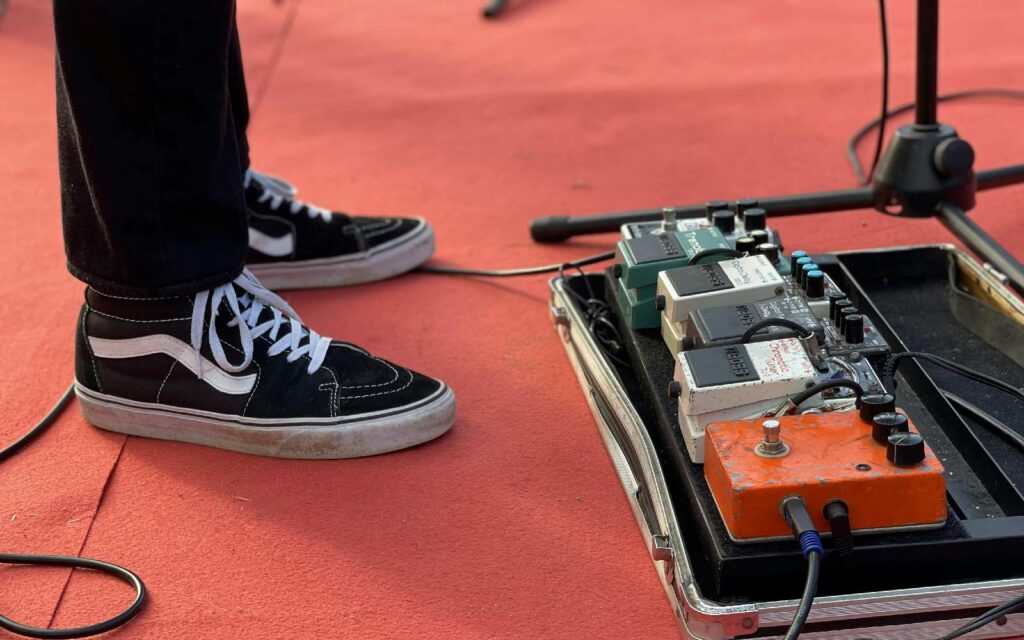Use what you've already got!
I had a great discussion with some fellow guitarists this week along the lines of the ‘work smarter, not harder’ premise in relation to improvising/solos/creating using guitar techniques. Firstly however, there is no substitute for putting in the hard work initially (which is hours upon hours upon hours… contrary to many questionable YouTube learn guitar ads!), as you need to have the technique and some harmonic knowledge to call on.
But, there is definitely some room to milk a little bit extra out of what you’ve already got. Rearranging note order, using more intervals, patterns, playing through scales on just a couple of strings – all of these ideas can freshen up your playing but realistically don’t involve a lot of extra effort. How? What? Check out the following.
Read all the latest features, columns and more here.
Patterns are gold
Familiar with the Minor Pentatonic scale? Patterns are a great tool to build longer lines, generate momentum and create tension. Ex 1 and Ex 2 use an intervallic approach to create an open sense of movement.
These guitar techniques ideas skip strings which could be alternate picked, hammered/pull offs or even hybrid picked (pick and fingers). We’re utilising a scale I’m sure most of you are familiar with, but with (perhaps) a fresh approach for you.


How about we take a two-string approach this time. Ex 3. Again, alternate picking, hammers/pull offs and hybrid picking are all fair game. And of course, you could continue this idea ascending further up the neck and also apply it to other scales.

Superimpose
I know many people are aware of this… but, any given scale/mode can contain many different arpeggios/sounds within it.
Let’s take G Dorian G-A-Bb-C-D-E-F-G. We can make Gm (G-Bb-D), Am (A-C-E), Bb (Bb-D-F), and more all within that mode/scale! Ex 4 then uses a G Dorian scale to create Gm (G-Bb-D), C (C-E-G), F (F-A-C), Bb (Bb-D-F), and Edim (E-G-Bb) triads. This type of approach can create a sense of the harmony changing even though it all fits within G Dorian and might just be over a static (one chord/tonal centre/sound) groove.

So, let’s then squeeze some more out of these ideas. Combining the intervallic and two-string concepts we’ve just looked at and adding some extra movement along the fretboard gives us Ex 5. This exercise is mostly G Min Pent with a couple of A notes (9ths) thrown in. Start slowly, and then try to crank up the tempo with this one.

Last thing…
Lastly – this doesn’t mean you shouldn’t build your knowledge and skills further (quite the opposite in fact). It’s more of a reminder that you can usually squeeze a bit extra out of what you’ve already got.
You might be comfortable with the Minor Pentatonic scale but find yourself playing the same old ascending and descending ideas with some bends thrown in for good measure. Try some different approaches as outlined above, they definitely work over static harmony (just the one chord), and will also work over various Gmin-ish chord changes. Use your ear, dig in, and have fun.
More on guitar lessons here.







